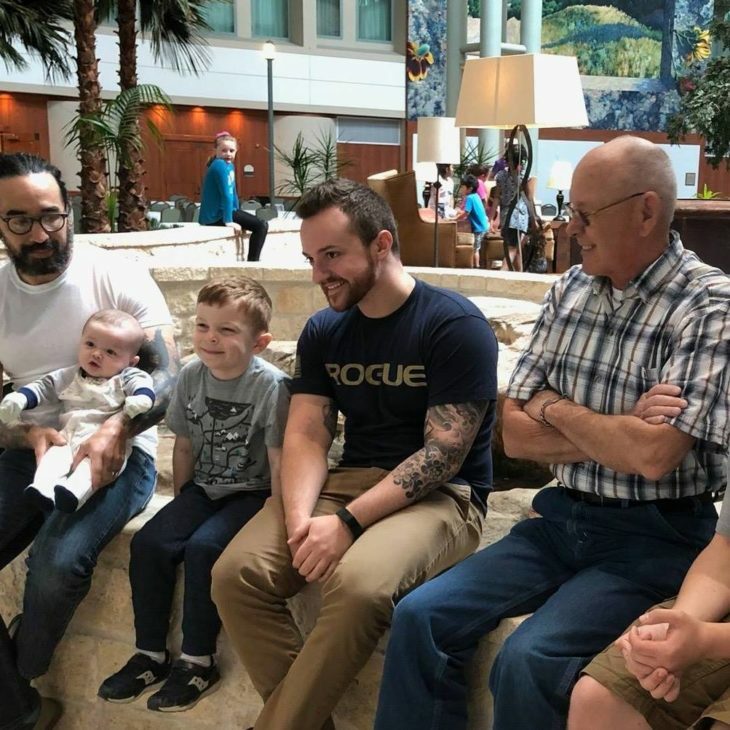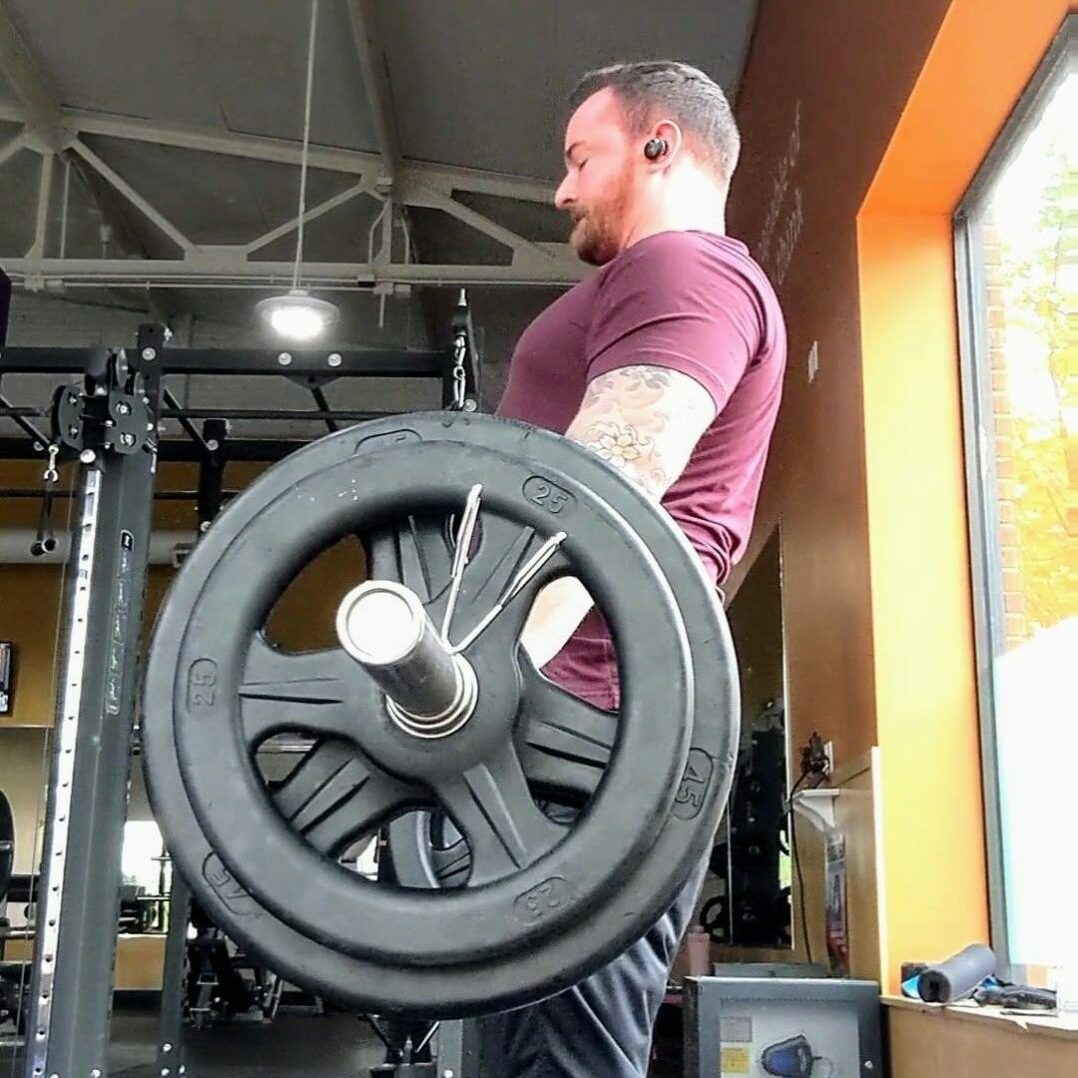Below is an update to Peter’s story, originally written by his mom when he was 14 years old. You can find his original story at the bottom of this page.
Update – 2020
Hi everyone, I’ve come a long way since 14 years old. I am now turning 28 and doing great. The older I have gotten the better I have gotten at dealing with a lot of the complications that have come with GT. I think as we age our body also adapts better to the disease.
I still have the occasional nose bleed and bruise. I am controlling my chances of becoming anemic with a daily intake of iron. I have seen an increase with gum bleeds of all things, but make sure to floss daily. It seems that when I stop flossing the bleeds become a worse problem.
During my senior year of high school, I also had an elbow synovectomy do to incorrect overuse while playing tennis. The surgery went well, and I took HLA matched platelets beforehand. (I believe tennis is still a great sport for those with GT, just make sure to not hyperextend your arms when swinging the racket.)
I have two major recommendations for GT in your twenties that I wish I knew. 1st is alcohol (yes I know college students, I sound lame.) Be careful and know your limits. If anything, stay away from it altogether. I have had a pretty bad GI bleed in the past and believe it was from drinking. And I don’t know about everyone else, but I like to stay away from the hospital at all costs.
The second is to find something that keeps you moving and do it, daily. For a while after high school, I stopped physical activity and my body punished me for it. The elbow I had surgery on would completely limit motion, bleeds seemed worse and I felt crappy. Finally, I started weight lifting and everything turned around. On top of that, when I did have to go to the hospital for something major, it seemed like my body was prepared to take it on.
Original Story
Peter was born on April 13th 1992. He was pretty bruised up after birth – he was a large baby and was delivered with forceps. He was circumcised and there was some blood in his diaper afterwards. I brought his diaper to one of the nurses who said sometimes that happens. Looking back, my “mother’s intuition” was already kicking in -I knew something wasn’t quite right.
Peter was diagnosed with Glanzmann’s Thrombasthenia at about 8 months of age. His shins were bruising when I took him out of his baby swing and his pediatrician was concerned.
We were sent to a hematologist at Baystate Medical Center in Springfield, Massachusetts who did platelet aggregation studies to diagnose Peter.
Peter was the first Glanzmann’s patient his hematologist ever diagnosed. We were sent to a hematologist at the University of Massachusetts Medical Center in Worcester, Massachusetts who had a few other Glanzmann’s patients.
The doctor tried to explain to us what to expect, but also told us it is impossible to know what to expect as each Glanzmann’s patient is different.
Peter’s biggest challenges have been nosebleeds and anemia. We have tried packing in the emergency room, laser treatments to seal off the larger vessels in his nose, cauterizing, nasal sprays, pressure, topical thrombin, surgicel – you name it! Sometimes we are successful in stopping his nosebleeds, sometimes it takes days. He has also needed red cell transfusions and platelet transfusions for a fall he took as a toddler and for a GI bleed he had around age 6. He lacerated his tonsil once while eating potato chips and needed a “stitch” to stop the bleeding.
We were reported to the Department of Social Services once when he was a baby. That was devastating – every second of every day since Peter was diagnosed we tried to protect him from physical harm and we were accused of harming him.
Peter today is a thriving 14 year old. He is a competitive swimmer and tennis player. Swimming has been important for him in many, many ways. He is in excellent physical condition which in turn helps him to prevent bleeds and stop bleeds. Peter has three siblings that do not have GT – we know one is a GT carrier through flow cytometry testing that was conducted on his blood a few weeks after he was born. We don’t know if his two other siblings are carriers or not, we had them tested for GT a few weeks after birth but never tested them for carrier status.
One of the happiest days of my life was when I found the Glanzmann’s Thrombasthenia website. Networking with other families has been invaluable. I can’t even put into words how important the website, the research foundation and Helen Smith have become to our family. We stored our youngest son’s cord blood after birth and are hopeful between the research now being conducted on Glanzmann’s Thrombasthenia and the cord blood some day a cure will be found for Peter and all the other GT people out there.

